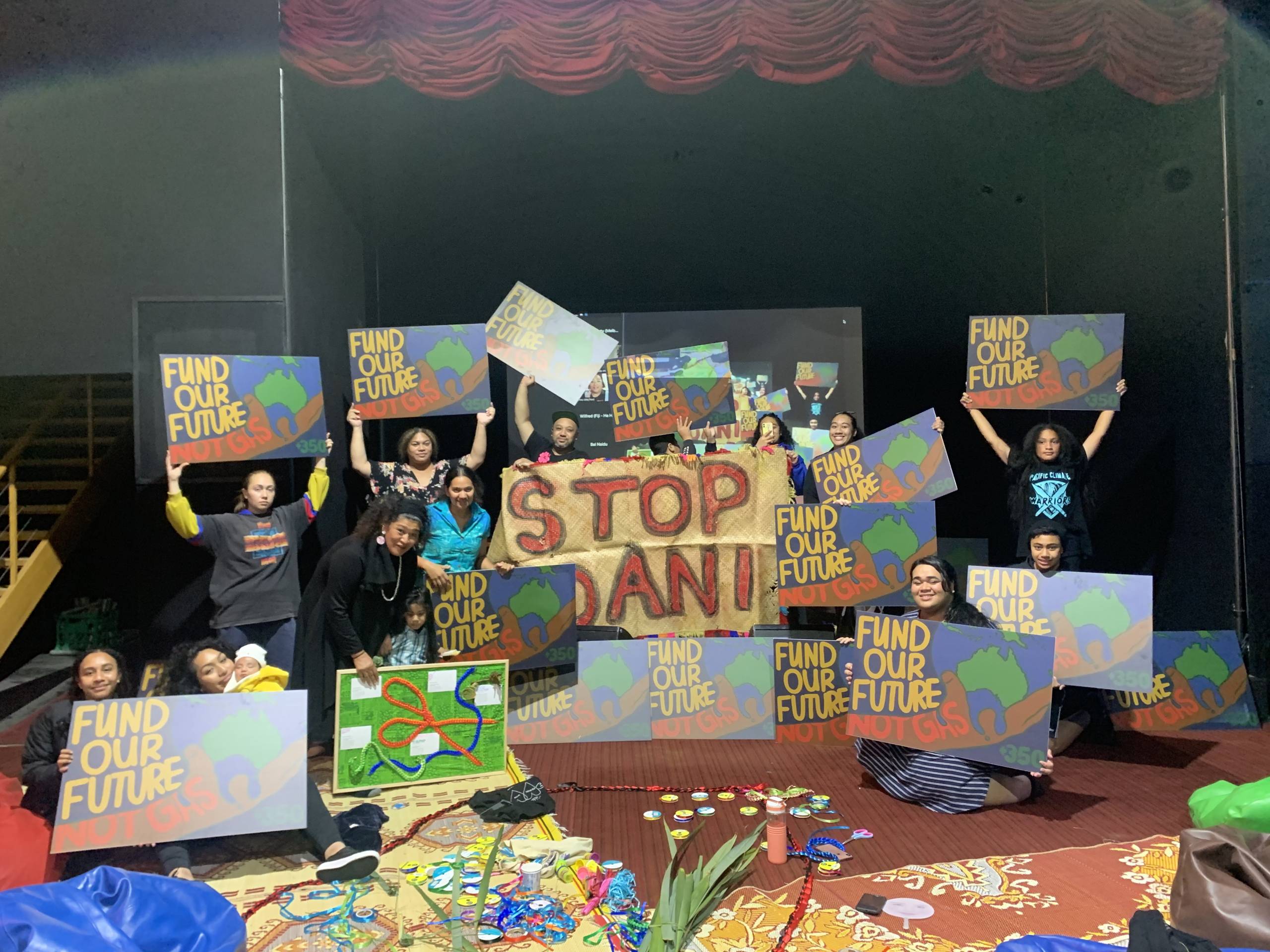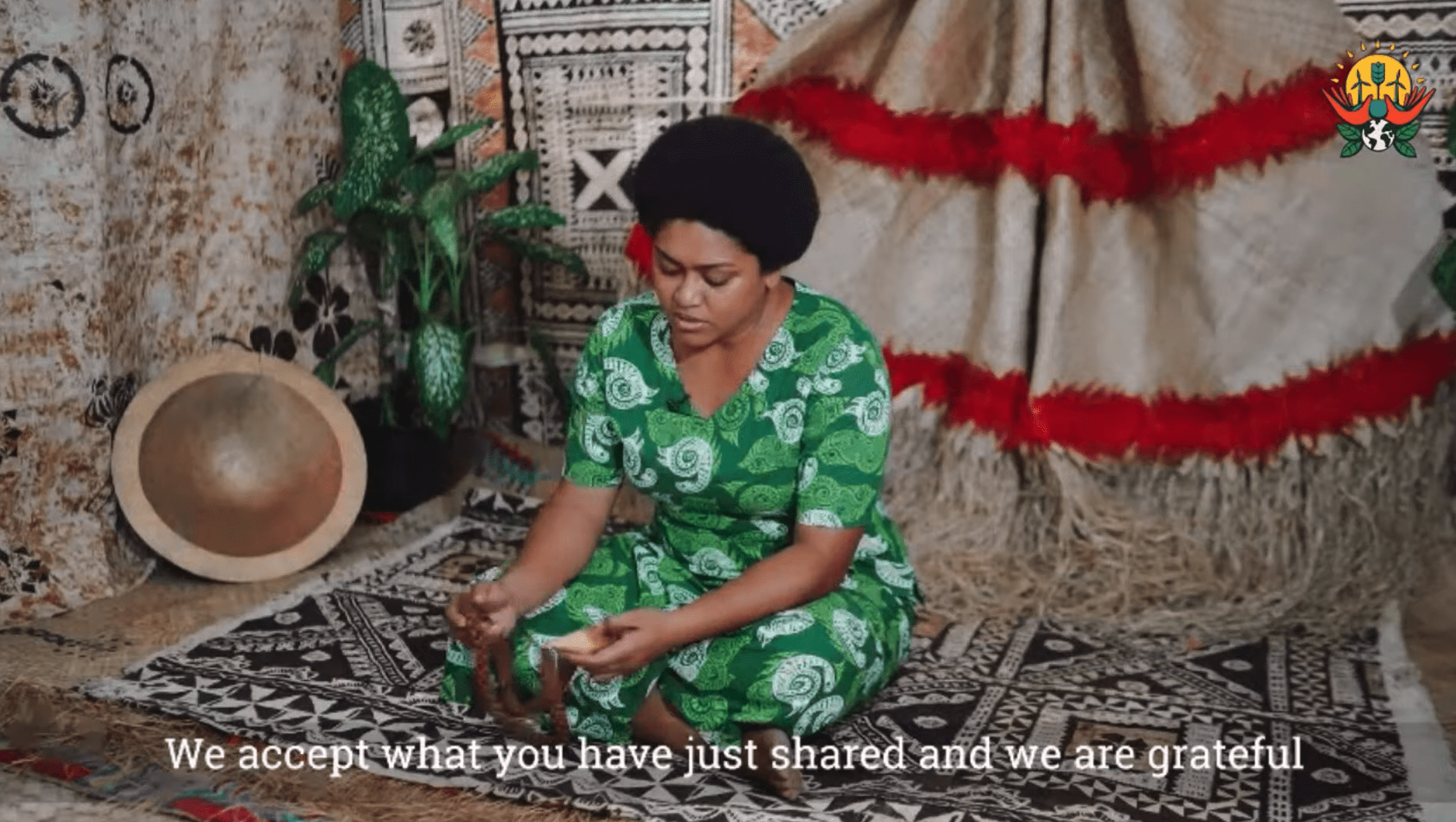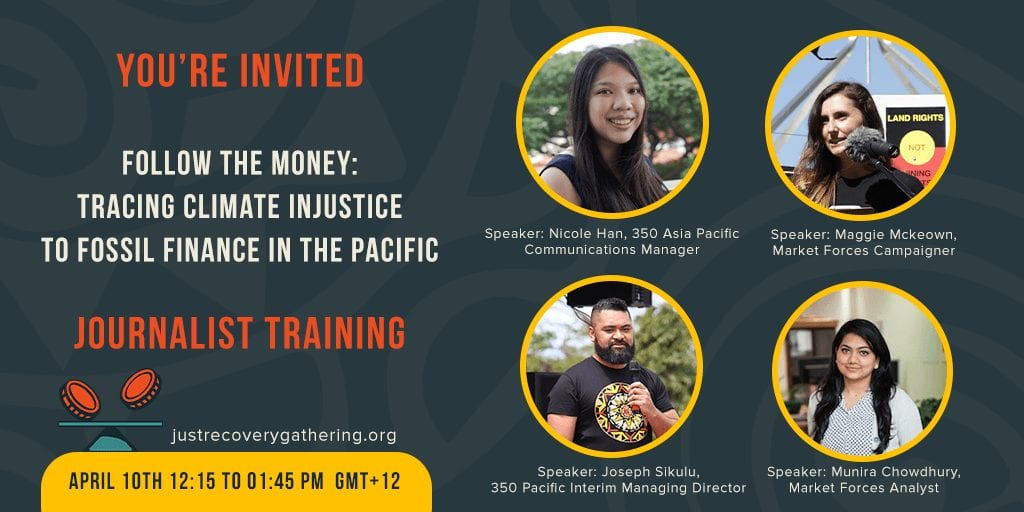We strongly believe that organizing is a form of leadership that enables positive community change. When we were hit with the global pandemic, we were forced to ask ourselves the question, “What does organizing in the time of COVID 19 look like?”
As a global community, we have had to build our resilience. We have had to do what we needed to take the necessary steps to cope with the uncertainties, make measured adjustments to our old ways of doing things, and take purposeful steps to recalibrate our approach.
As we face the realities of both the Climate Crisis and the Global Pandemic we know the choices being made right now will shape our society for years, if not decades to come.
So it has been up to us to reimagine the way we organize and build community. To find ways to continue to invest in the resilience systems we know our people rely on and to create a platform where we as a Pacific and as a global community could come together to recalibrate and re-envision a future that is just for all and the pathway that will get us there. A Just Recovery.

Why the Global Just Recovery Gathering?
The Global Just Recovery Gathering (GJRG) was such an important moment for us, not only as a region but as a global community. It was during a similar moment like this, 8 years ago in Turkey during the Global Power Shift, where the Pacific Climate Warriors were born. A group of young powerful Pacific people envisioned a network grounded in a culture that would support and empower Pacific people everywhere. The GJRG was the next chapter to build our network further and mobilize our communities during a time of COVID.
During the 3-day online event, there were over 7,000 participants who joined from 161 countries around the world, and a total of 196 workshops and sessions were offered during the event. This has been the largest online gathering of its kind.

What did we get up to during the Global Just Recovery Gathering?
The gathering was an opportunity for the Pacific to showcase our leadership, our resilience, and our vision.
We brought our culture, story, and our strategy to the ceremony, cultural items, and sessions we planned and were a part of.
On 9 April 2021 at 7 pm Fiji time, the GJRG officially kicked off with a traditional welcome and a musical performance.
View this post on Instagram
That same evening, we had an opportunity to learn more about the movement to Stop Adani. We heard stories from the communities involved in the fight, from the Wangan and Jagalingou who are fighting on the frontlines to protect their country to the communities that are fighting the mine’s extraction in Australia, India, the UK, and the Pacific.

Coming into the second day, we had a training for Pacific Journalists focused on building an understanding and narrative around Fossil Fuel Finance and the work in the Pacific region to cut the flow of finance to the Fossil Fuel Industry. The training was hosted by our Pacific team who partnered with Fossil Fuel finance experts Market Forces.

Our Council of Elders joined us for a movement story session that lays the foundations of our upcoming work titled, Kato Ni Mana, wherein the lead up to COP26 we will weave together the metaphorical and the physical stories of the baskets that hold our culture and our people. Our hope is to carry these stories into COP26 as we call for greater ambition and commitment to the targets set in Paris.
Working with our 350 Australia Partners, we hosted a workshop focused on Australia’s plans for an expansion of the Gas industry in the Northern Territory and our plants to “Cut the Money”, a campaign focused on cutting the Public and Private funding to these extractive projects.

On the same day during the opening panel for cycle 4, Noelene Nabuilvou of Diva for Equality Fiji joined the “Hearing from the Guardians of the Earth” panel. Noelene shared wisdom on the need to remove the systems in place that have caused climate injustice, and rebuild a world we deserve – all drawing on the values of and knowledge of Indigenous custodians of the planet.
In the closing cycle of the gathering, we were also blessed to hear from youth leaders around the world, including our very own Pacific representative, Brianna Fruean. The discussion was on building power through youth organizing.
View this post on Instagram
How our communities came together.
Some of you may have joined us online from home but in the Pacific, internet accessibility can be sparse and we needed creative solutions for this virtual gathering.

It was important for us to get our communities involved as much as possible and if it required us to gather safely at one location and participate, we made it work. The GJRG Pacific watch parties made this virtual gathering both more accessible and more fun. It brought out more ideas, sparked conversations, made space for creative work, and allowed an entire demographic of people to be a part of this global moment. More on our Watch Party
Join us and take action today!